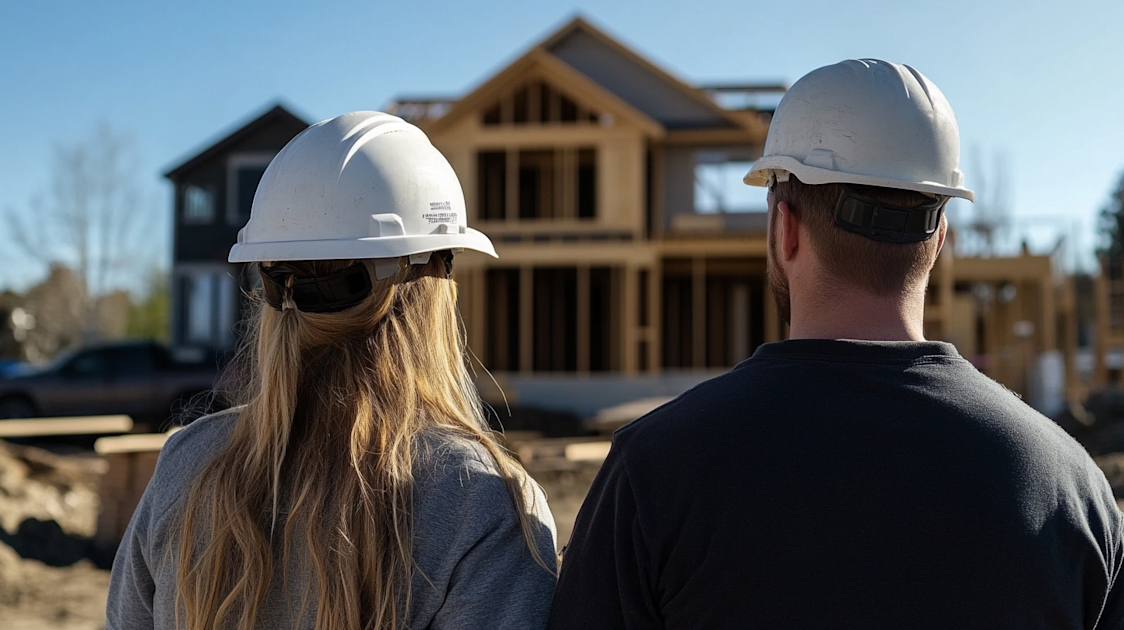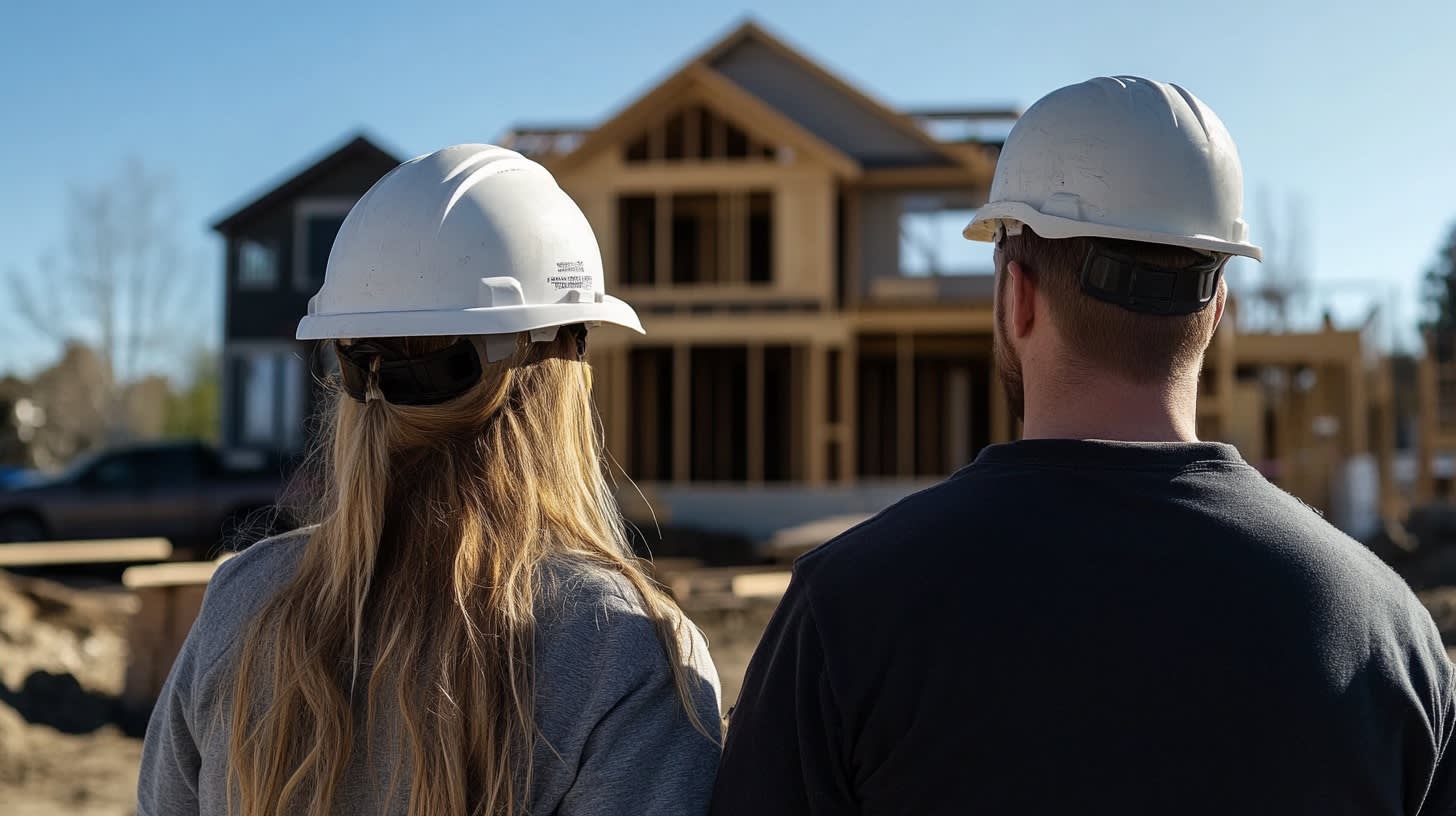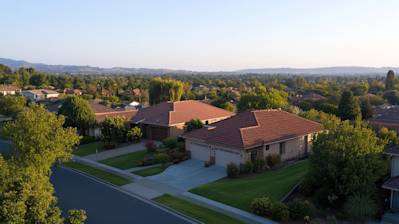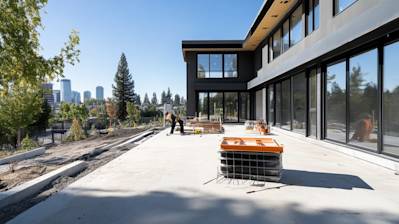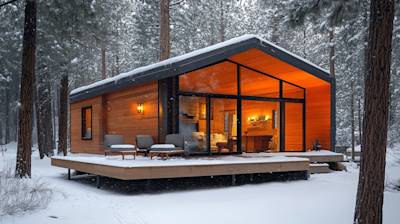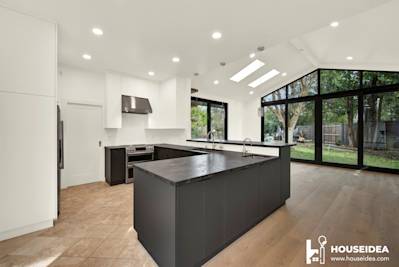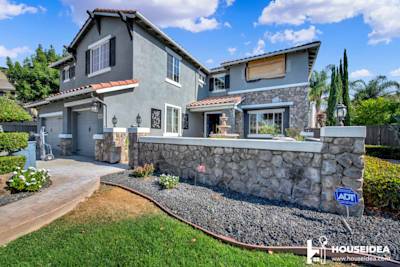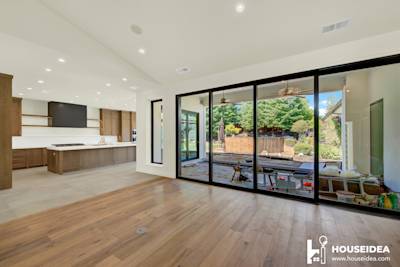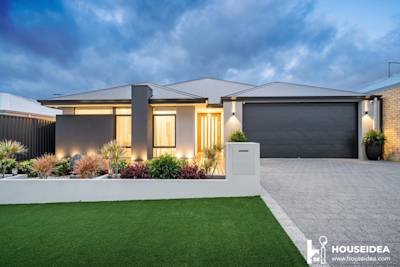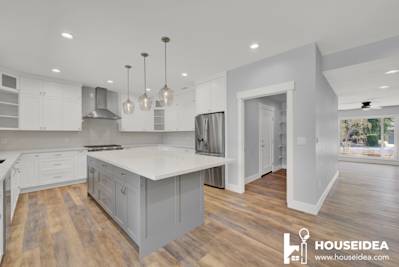Building a house is a significant and fulfilling project. Whether you’re a prospective homeowner looking to customize your living space, or you're an investor looking to venture into real estate, knowing how to build a house is essential.
In this article, we’ll take you through a step-by-step guide on how to build a house. We'll cover everything from budgeting to interior décor, ensuring a comprehensive understanding of the task.
Step 1: Planning your House Build
Before commencing the actual building process, planning is crucial. This involves:
- Setting a Realistic Budget
- Securing Financing
- Spotting a Suitable Land
- Establishing your Design
- Hiring a Homebuilder
- Getting Necessary Permits
Setting a Realistic Budget
The first step in planning revolves around the finances. Calculate how much you are willing to invest in the project and ensure there's a buffer to cater for any unforeseen expenses.
Securing Financing
Unless you have sufficient savings to finance the entire project, you'll need to secure a home construction loan. Shop around to secure a loan with the most favorable rates.
Spotting a Suitable Land
Choose the location you would like to build your house. Factors to consider include proximity to social amenities, neighborhood, and geographical features.
Establishing your Design
Do you have a specific design in mind for your home? Sketch out the basics, then work with an architect to finalize the design.
Hiring a Homebuilder
It's vital to hire a reliable homebuilder who understands your vision and can work within your budget. You can check reviews online or ask for recommendations.
Getting Necessary Permits
Obtain necessary construction and zoning permits from local authorities to avoid any legal problems.
Step 2: Building Site Preparation
Having settled on the location and design of your future home, the next step is preparing the construction site. This involves:
- Site Clearing
- Foundation Laying
Site Clearing
Your building team will clear the land of any obstacles. They'll also dig the necessary trenches and holes for the foundation.
Foundation Laying
Concrete is poured into the trenches to create the foundation, after which it's given time to cure. It's crucial to ensure the foundation is solid, as it supports the entire structure.
Step 3: Constructing the House Structure
With the foundation ready, frame construction begins.
- Erecting Wall Frames
- Floor Installation
- Roof Construction
Erecting Wall Frames
Wall frames form the skeleton of your home. Ensure all frames align accurately with your design plan.
Floor Installation
If your house design includes more than one story, floor joists are installed.
Roof Construction
Install the roof frames and cover them with a protective layer to guard against weather damage.
Step 4: Exterior and Interior Works
With the house standing, the focus shifts to the exterior and interior work.
- Door and Window Installation
- Electrical and Plumbing Works
- Exterior Finishing
- Interior Design
Door and Window Installation
Your builder will install windows and exterior doors.
Electrical and Plumbing Works
Once the structure is secure, electrical and plumbing installations begin.
Exterior Finishing
At this stage, you choose your house's siding, whether it's brick, stones, or wood panels.
Interior Design
Start with insulating the walls, floors, and ceiling, then move on to interior walls and finishing. Choose paint colors, flooring material, and install all the necessary fixtures.
Step 5: Final Inspection and Occupancy
Now that everything is in place, a final inspection is needed to ensure your home is safe and meets all the building regulations.
- Inspection
- Moving in
Inspection
Your local building authority will carry out an inspection. If everything is in order, they will issue a certificate of occupancy.
Frequently Asked Questions about How To Build A House
How do I select a suitable plot for building a house?
Selecting a plot involves considering factors like size, location, topography, soil type and the local climate. You might also want to consider the availability of utilities, local amenities and connectivity to highways or public transport.
What kind of permits do I need for building a house?
Before you start building a house, you need several permits from local or state authorities. These could include zoning permits, building permits, and permits related to electrical, plumbing and HVAC systems. The permits required may vary depending on the local regulations in your area.
What is the role of an architect in building a house?
An architect plays a crucial role in designing your house. They can create detailed building plans, ensure compliance with building regulations, and oversee the entire construction process.
How do I choose an appropriate design for my house?
Choosing a design for your house depends on your lifestyle, family size, and personal preferences. Research different designs, consider your current and future needs and consult with an architect.
What are the various stages involved in building a house?
Building a house usually involves the following stages: preparation and foundation, framing, roofing, siding, internal utilities and systems, interior finishes, exterior finishes and landscaping.
What is a house building budget and why is it necessary?
A house building budget includes estimated costs for every stage of the construction process, including materials, labor, and unforeseen costs. It is imperative to create a budget before you start building a house to avoid unexpected costs and keep the project financially manageable.
How can I ensure that my house is energy-efficient?
An energy-efficient house includes features like good insulation, energy-efficient appliances, and renewable energy sources like solar panels.
What types of insurance are needed when building a house?
You will need a builder's risk insurance policy to cover damages during the construction. General liability and workers' compensation insurance are also required if you employ workers directly. If you have a mortgage, your lender may require structural warranty cover.
How long does the whole process of building a house take?
The timeline for building a house varies greatly depending on the design, size, and complexity of the house. On average, it can take anywhere from several months to over a year to construct a house.
What factors can cause delays in the construction of the house?
Various factors can cause delays while building a house. They can include design changes, financial issues, permit delays, weather conditions, and problems with supplies or labor.
How do I find and hire reputable contractors for building a house?
Do thorough research, ask for recommendations, check online reviews, conduct interviews, and make sure contractors are licensed and insured. It's also good to compare bids from different contractors before making a hiring decision.
What are common mistakes to avoid when building a house?
Common mistakes include not planning properly, skipping the budgeting process, hiring the wrong people, rushing the job, and making changes mid-way through the construction.
How to handle mistakes or problems that occur while building a house?
In the event of a mistake or problem, you should immediately communicate with your team. Corrective measures might include amending design plans or hiring additional help. It's crucial to take action promptly to avoid escalating the problem.
Can I live in my house during the construction?
Living in your house during construction isn't usually recommended due to safety reasons. It can also cause disturbances and delay the construction process.
Pros of Building a House
Total Customization
Personalize Your Home Design
With building your own home, you have the freedom to design and personalize your home in any way you choose. This allows you to make sure it suits your tastes perfectly and includes the features you need most. This is a perfect chance to incorporate features like the layout you prefer, the type of flooring or even the color of the walls.
Integrate Technology
When building from scratch, it's much easier to build in modern technology from the get-go. Home automation, energy-efficient appliances, advanced security systems - you have the freedom to include these features without worrying about the challenges of retrofitting them into an older home.
Potential Cost Savings
Buy Only What You Need
Building your own home makes it far easier to only pay for what you really need and want. You can cut costs on rooms or features that you find less important, which isn’t possible when purchasing a pre-existing home where the cost of each room is already built into the price.
Lower Maintenance Costs
Newly constructed homes are likely to require less maintenance than older homes, at least for the first few years. This could save you money on upkeep in the long-term. Also, new homes typically come with warranties, meaning that repairs for certain items will be covered by the builder or manufacturer.
Increased Energy Efficiency
New homes are more likely to include green systems and energy-efficient appliances, and they typically adhere to more stringent energy codes than older structures. This could help you save money on energy costs.
Cons of Building a House
Time Consumption
Long Process
Building a house typically takes much longer than purchasing a pre-existing one. The design and planning stage alone can take several months, before construction starts. Depending on the intricacy of your design, the actual building can take anywhere from a few months to over a year.
Requires Attention
Building your own home can require a high degree of involvement and can easily turn into a full-time job, particularly if you choose to act as your own general contractor. You will need to make countless decisions, from choosing contractors and suppliers to selecting finishes and fixtures.
Higher Upfront Cost
Expensive in the Short Term
Building a home typically costs more upfront. In addition to the land cost, there are expenses for design work, permits, and construction materials, often before you secure a home loan.
Uncertain Final Cost
While you can estimate the costs based on your plan, unexpected expenses often arise during construction. This can make it difficult to plan financially.
Limited Location Options
Availability of Land
It can be challenging to find a plot of land in the location you desire, depending on the availability in your area. This can particularly be an issue in populated urban areas where land is at a premium.
Location Contributes to Cost
The cost of land varies widely based on location. Depending on where you want your house to be, land prices could significantly increase the total cost of building your home.
Risk of Lower Quality
Builder Dispute
If disputes arise with a builder or contractor, which they often can, it can impact the timeframe and the quality of the finished project. The risk of getting a low-quality build is higher, especially if you're not constantly on-site monitoring progress.
Unexpected Problems
There's a risk of encountering unexpected problems during construction like striking water or finding unstable soil which can increase the project's cost and lengthen the timeline. It's important to ensure you have contingencies in place to handle these situations.
Summary
Building a house is indeed a vast project that requires great planning, research, and execution. So we've been through the steps on how to build a house, from site selection and planning to interior decoration. It's safe to say that learning the ropes isn't rocket science, but it does need careful attention to detail and a solid team of professionals to make it work. Remember, this is your dream house we're talking about – so take your time, do the legwork necessary, and don't settle for anything less than perfect.
Having learned how to build a house, one thing is clear - familiarity with the process makes a big difference. Whether you'll be managing the project or handing over the reins to a professional, you now know what it takes and can contribute valuable insights. A savvy homeowner armed with handy tips, tricks and know-how - who's going to argue with that?
At the end of the day, don't be intimidated by the breadth of the task at hand. Building a house from scratch is a monumental task, there's no denying that. But you've learned the steps and the major precautions you need to take, and with that knowledge, you are better equipped to make informed decisions and ensure you end up with a home you love. It's definitely a daring journey, but as many have testified, immensely rewarding on so many levels.
About HouseIdea
HouseIdea, based in sunny Sacramento, CA, is your neighborhood's trusted partner when it comes to bringing life back to your beautiful homes. We specialize in remodelling, renovation, and innovating homes to their maximum potential. Staffed by a team of professional designers and carpenters, HouseIdea is never short of fresh, unique, and practical residential ideas. Whether you need to spruce up your living room or completely overhaul your kitchen, our team is ready to make your house a dream home. Living in the heart of Sacramento, we take pride in improving our community one home at a time.
Tags: construction, home building, architecture,

